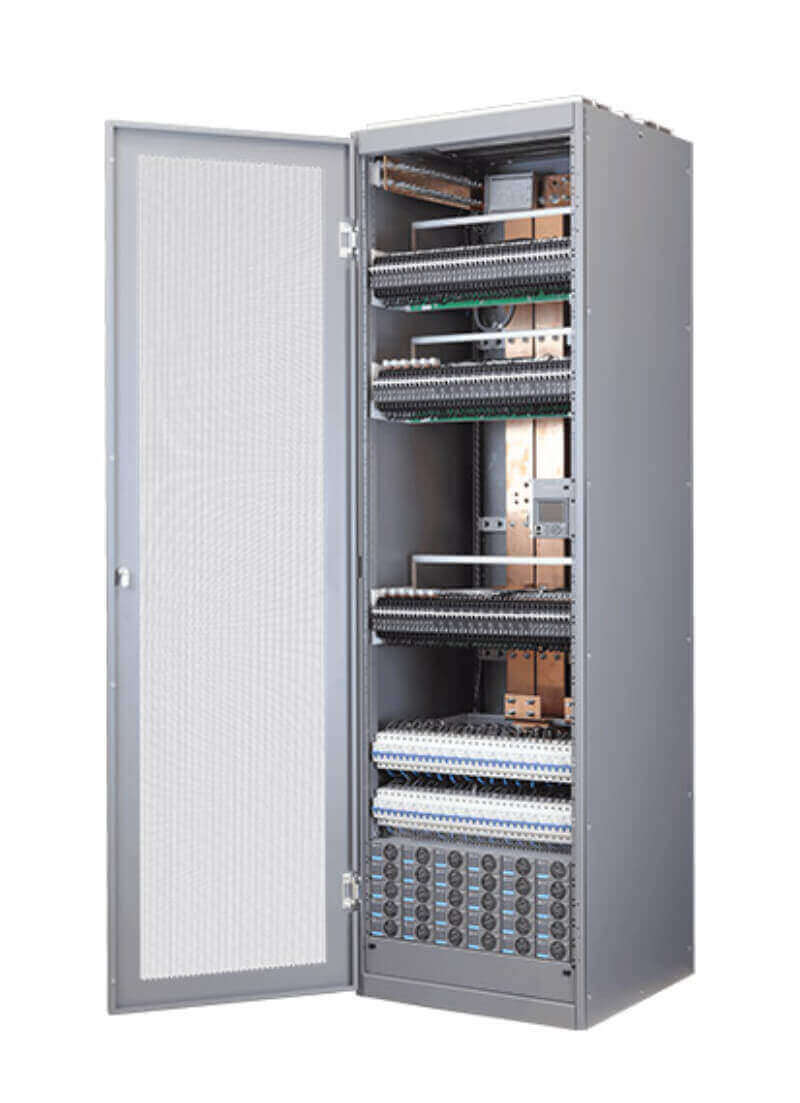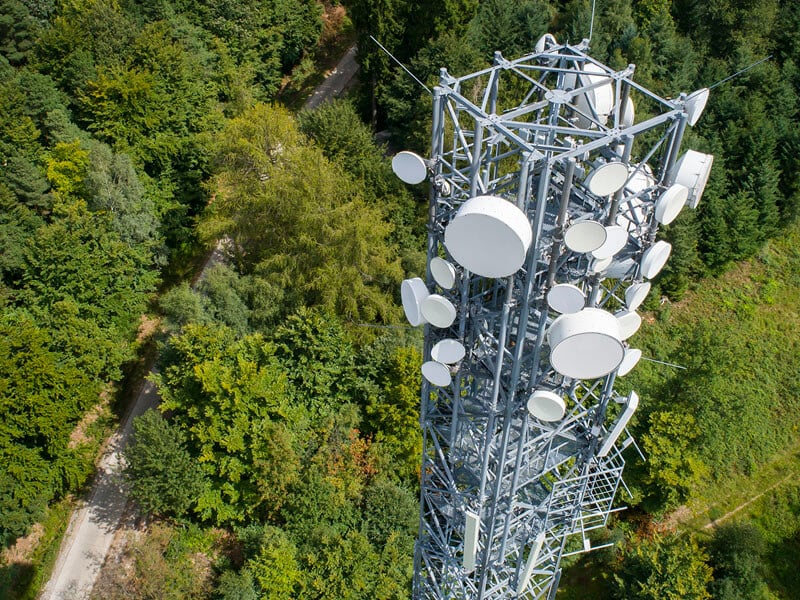Power consumption for telecommunication companies (telcos) is expected to surge as 5G networks are rolled out. But not to worry, DC power conversion technology is here to help minimize energy costs, limit carbon emissions, and efficiently meet the exponential increase in consumers’ demand for data.
Survey findings released by Vertiv and 451 Research, suggest that by 2026, 5G may increase telco networks’ power consumption by up to 170% with the largest increases in macro, node, and network data centers operators don’t implement the most energy-efficient power system topologies, they may see the rewards of 5G being eroded simply by the costs of operating the expanding network.
However, the 5G-related network expansion is not only a monetary concern for telcos. The massive amount of new communication equipment needed in both new and existing sites makes floor space more precious than ever before and, will leave little or no room for power systems – even though a lot more power will be needed.
Increased power consumption will also likely make it harder to meet planned targets for reducing carbon emissions and complying with environmental regulations. The European Union has said that data centers and telecommunications, which account for an estimated 2% of all global emissions, should become carbon neutral by 2030.
So how can telcos mitigate the capital, operational, and environmental challenges of 5G? One answer is with DC power conversion technology.
Maximize Power Conversion Efficiency With the Right DC Power Topology
All electronics need DC power to function, whether supplied by an AC/DC converter integrated into a server, a power supply to charge a laptop, or a centralized system to power an entire site.
Since the early years of telecommunication, most telecom equipment has been fed by 48-volt DC.
The 48V DC system topology still has major efficiency advantages thanks to the simplicity with minimal conversion steps.
With each conversion step, there is always energy loss. Therefore, keeping the number of conversion steps to a minimum becomes increasingly important when trying to conserve energy.
This is one reason why 48V DC is becoming the power topology of choice in the OCP (Open Compute Project) world. In that application, a 48V DC power supply is located in each server rack.
For a large telecom site, however, a centralized power system makes more sense from a total cost of ownership perspective. But the larger a site becomes, the greater the distance in which power is transported from the backup system to the equipment being energized.
For 48V DC, this extended distance results in voltage drop and energy loss. This problem can be addressed by using thicker copper cables, but the cost of cables and installation quickly adds up.
A better solution is to use telecommunication and data equipment with 400V DC input in combination with a 400V DC backup system.
Now the voltage drop is no longer an issue. Much thinner cables can be used, and energy losses will be minimal. The 400V DC power system topology is the same as 48V DC systems and is therefore very attractive from an efficiency, maintenance, and reliability perspective.
Win-Win: Energy Efficiency and Flexibility
Considering the benefits, many telco and data center operators now look to introduce 400V DC central power supplies. Even though the telecom equipment offering with 400V DC input is still limited and often more expensive, there is a way to start enjoying the benefits of 400V DC already today.

With Vertiv™ NetSure™ converter systems, an operator can use an ordinary 400V DC power system (NetSure™ HVT) with batteries as the main site backup system and still conveniently feed both new and existing 48V DC infrastructure.
The converter system houses up to 105 kW of 400- to 48-volt efficient converter capacity and lots of distribution points to feed the 48V DC equipment — all in a single cabinet. Since the 400V DC system and batteries can be located far away from the load, this solution helps to free up space for new communication equipment.
Advantages for operators include high power efficiency conversion that reduces power consumption and operating costs, as well as flexibility in large facilities and data center layouts.
Businesses can reduce their cable costs by 90% and use valuable free space to deploy more network equipment. Cable savings could be significant given the size of the global copper cable market which is forecasted to be worth $50.8 billion by 2023.
Vertiv™ NetSure™ 400/48V DC Converter System
Data center and telecom operators must grow their infrastructure to keep pace with the exponential increase in data traffic; and those operators that deploy technology using multiple power topologies may spend more money than necessary, impacting their 5G business case.
Now is the time to consider switching to a 400-volt DC power system. DC power conversion technology makes the switch easier than ever.






